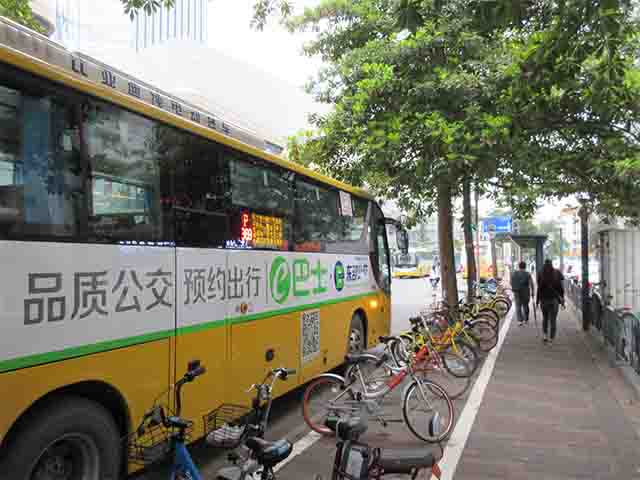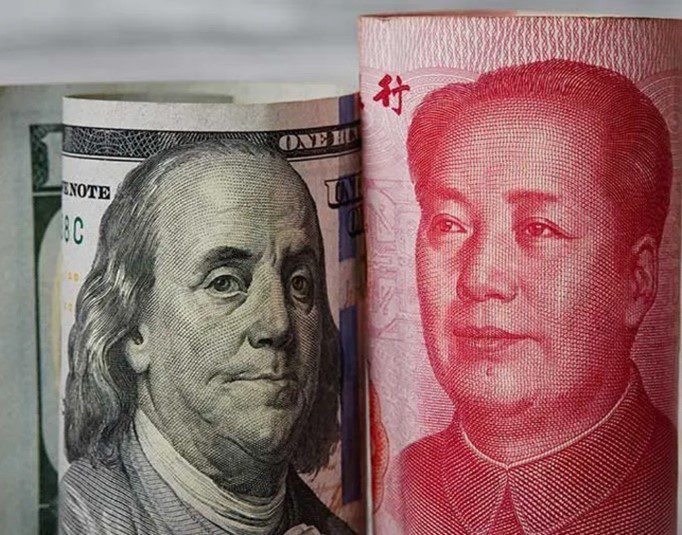China’s investments in New Energy Vehicles (NEVs) sets opportunities, and challenges, for foreign manufacturers
China is the first auto market in the world. It overtook the USA back in 2015, and it keeps growing especially in the electric vehicles (EV) sector. 2017 was the year that registered the highest number of sales in new-energy cars. Although China’s electric vehicle industry is still shaping, its evolution could show that the P.R.C. is taking the war against air pollution quite seriously and that Chinese consumers’ habits are changing to become “green(ish)”. But, will foreign companies be allowed to enter the game?
Unraveling investments in electric cars and forecasts for the industry, S.J. Grand pictures the current Chinese market situation pointing out opportunities and trends.
Sales overview of New Energy Vehicles in China
In 2017, sales of New Energy Vehicles (NEVs or Plug-Ins) in China beat all expectations. According to EV-Volumes, the electric vehicle world sales database, plug-in vehicles’ deliveries from January to December 2017 amounted to 603.300, including 22.600 imports. If we only count passenger cars, 9% of the global plug-in volume was sold in the P.R.C. Compared to the previous year, total sales increased 72%.As commented by Xu Haidong, assistant secretary-general of the China Association of Automobile Manufacturers, 2018 will experience an even higher growth than the previous year. Forecasts, in fact, say EV sales will reach 1 million this year; while the Central Government aims at selling 7 million new energy cars by 2025.
However, another interesting data is the amount of non-Chinese cars that circulate on the congested roads. This percentage reaches nearly 50% of the total passenger car sales, with the majority of it being produced in China (mainly in JVs with Chinese companies). On the contrary, foreign brands’ EVs sales reached just 4%, ranking Tesla on top.
On the one hand, this data should warn non-Chinese automotive companies as they should multiply NEV sales up to 2019 to comply with Chinese standards. On the other hand, foreign brands are discouraged by Chinese restrictive policies, which force them to invest together with a local counterpart.
Recent incentives to promote New-Energy Cars in China
The P.R.C. is giving its citizens a good example by including EVs in public transportation. Indeed, we spotted interesting changes not only in the private sector but also in the public one. For example, 98% of the electric bus world’s sales are currently in China.President Xi Jinping may be showing China’s commitment to the Paris Agreement. As our infographic shows, for what refers initiatives in the public transportation system, five Chinese cities are currently implementing measures to reduce air pollution levels using public NEVs:
- Shenzhen has the world’s biggest all-electric bus fleet: 16.359 electric buses drive around the megacity (8000 charge points and 510 bus charging stations have been built). This is saving 345.000 tons of fuel per year and is reducing CO2 emissions by 1.35 million tons;
- Beijing is replacing its almost 70.000 taxis with EVs. But, as charging stations in the city are not enough, the process may require a long time to end;
- Qingdao is giving consumers local subsidies of $5,000- $9,000 per electric car;
- Tianjin aims at selling 30.000 EVs by 2020;
- Shanghai is using its first electric car sharing system (named EVCard) that already counts 1.8 million subscribers and makes available 27.000 NEVs.
Source: EVCard App
To further boost demand, China will give a 10% tax rebate to NEVs buyers until 2020. Plus, the Chinese banking authorities increased the loan percentage for EVs buyers to 85% of the new-energy vehicle price. Another good news is that on April 13th, 2018 the Ministry of Industry and Information Technology and the State Administration of Taxation released the 17th batch of New Energy Vehicle Model Catalog for Exemption from Vehicle Purchase Taxes. The catalog includes 366 models, of which 344 are pure electric vehicles (45 models for passenger cars and 185 models for passenger cars, 1 truck, 113 special vehicles), 16 plug-in hybrid vehicles (11 passenger cars, 5 passenger cars), 6 fuel cell cars (3 passenger cars, 3 special vehicles).
That’s the perfect time to buy an NEV in the P.R.C., right?
However, the country is not 100% electrified yet. This means that charging stations are not widespread, and NEVs prices are still quite high for a big slice of the population. A valuable alternative appeared in the market: LSEVs (low-speed electric vehicles) are mushrooming. LSEVs are low-speed (max 70km/h) small-sized electric cars that can be driven with no license and they use a simple battery (yet hard to dismantle).Source: Police LSEV in Shanghai Metro
Opportunities and Threats for Foreign Companies in the Chinese EV market
The increasing potential of the EV market in China seems to bring opportunities for foreign carmakers. Nevertheless, wholly-foreign owned car manufacturers are still not allowed to set-up a local premise in China, if not in partnership (under the legal form of a JV) with a Chinese producer. Tesla, who established its factory in Shanghai Free Trade Zone is obliged to pay 25% import duty tax on each car that enters the Mainland. While Volkswagen is investing over USD 10 million with its Chinese partner to produce 40 NEVs directly in the P.R.C.
Despite Beijing favoring Chinese companies, this remains a potentially very lucrative market for foreign companies, as there are ways to leverage the huge size of the internal demand. The EVs’ consumers market is still in its early days, developing new habits and routines. In addition, foreign manufacturers of electric batteries are allowed to set up in China’s Free Trade Zones (in Shanghai, Guangdong, Tianjin, and Fujian).
“When a technological steamroller comes down the road, you are either riding it or you are part of the road. Now is the time to enter the game”, comments Stephane Grand, our Managing Partner. Things in China move fast, not seizing the right opportunity at the right time may cause serious damage to your business. Competition is fierce.As it emerges, the Chinese EV market is experiencing a double-digit growth. Encouraged by the Government’s incentives and plans, carmakers find ground to flourish. Foreign enterprises involved in the sector, and in complementary activities, should also find solutions to take part in the Chinese EV challenge grabbing a slice of the market’s huge size.
To receive further guidance contact us and follow us on our Social Media.







